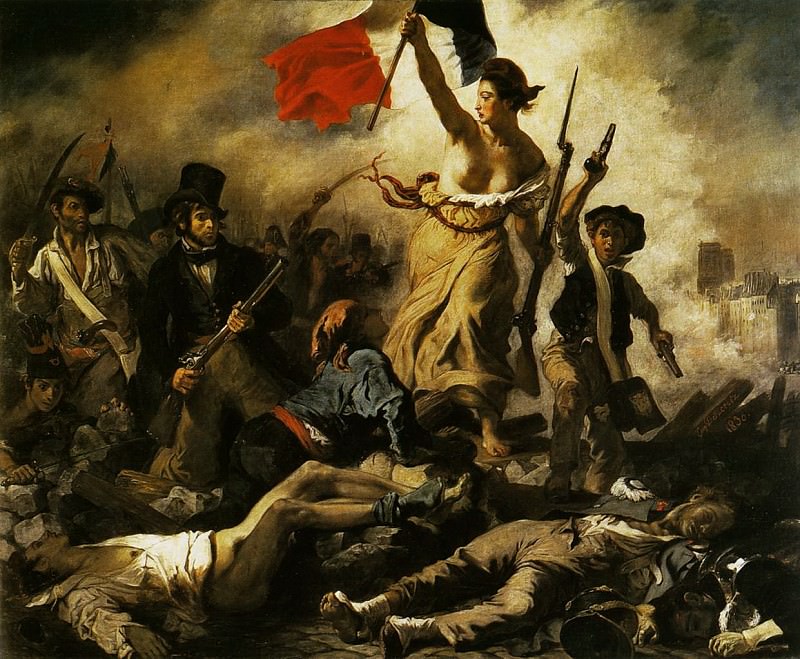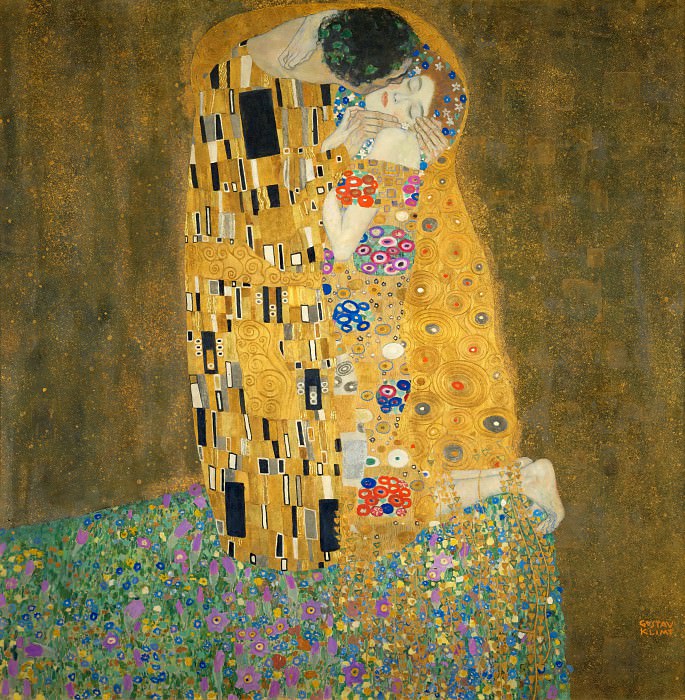Gustave Doré: Master of Artistic Imagination
Early Life and Artistic Beginnings
Gustave Doré, born on January 6, 1832, in Strasbourg, France, emerged as one of the most prolific and imaginative artists of the 19th century. From an early age, Doré displayed an exceptional talent for drawing, which set the stage for his future as a renowned illustrator and artist. His father, recognizing his son's prodigious abilities, supported Doré's artistic pursuits, allowing him to move to Paris at the tender age of fifteen.
In Paris, Doré quickly made a name for himself in the competitive world of illustration. He began contributing to various publications, showcasing his unique ability to bring stories and texts to life through his intricate and imaginative drawings. This early period was marked by an intense dedication to his craft, often working long hours to perfect his technique and style.
Rise to Fame: The Divine Comedy
Doré's career took a monumental turn when he was commissioned to illustrate "The Divine Comedy" by Dante Alighieri. This project, which began in 1857, solidified Doré's reputation as a master illustrator. His ability to depict the vivid and often surreal scenes from Dante's epic poem captivated audiences and critics alike. The illustrations were not merely accompaniments to the text but works of art in their own right, filled with intricate details and dramatic compositions.
The success of "The Divine Comedy" illustrations opened doors to numerous other prestigious projects. Doré's ability to interpret and visualize complex literary works made him a sought-after illustrator for classic texts. His work on "The Divine Comedy" remains one of the most celebrated achievements in book illustration history, showcasing his unparalleled skill in creating atmospheric and emotionally resonant images.
Illustrations of Classic Literature
Following the acclaim of his Dante illustrations, Doré was commissioned to illustrate a wide range of classic literature. His works include illustrations for John Milton's "Paradise Lost," Cervantes' "Don Quixote," and Samuel Taylor Coleridge's "The Rime of the Ancient Mariner." Each project demonstrated Doré's versatility and his ability to adapt his style to suit the tone and themes of different literary works.
In "Paradise Lost," Doré's illustrations conveyed the grandeur and cosmic scale of Milton's epic poem. His depictions of the fall of Satan and the expulsion of Adam and Eve from Eden are particularly noteworthy for their dramatic intensity and intricate detail. Similarly, his illustrations for "Don Quixote" captured the whimsical and often tragic adventures of Cervantes' titular character, blending humor with a deep sense of pathos.
Doré's interpretation of "The Rime of the Ancient Mariner" is another highlight of his career. His haunting and atmospheric drawings perfectly complemented Coleridge's eerie and supernatural narrative, creating a visual experience that enhanced the reader's engagement with the text. These projects established Doré as a master of literary illustration, capable of bringing any story to life with his unique artistic vision.
The Bible Illustrations
One of Doré's most ambitious projects was his illustrated Bible, first published in 1866. This monumental work consisted of over 200 engravings, depicting scenes from both the Old and New Testaments. Doré approached this project with a deep sense of reverence and a commitment to capturing the spiritual and moral essence of the Biblical stories.
His illustrations for the Bible are characterized by their dramatic compositions and attention to detail. Doré's ability to convey the emotional intensity of key moments, such as the parting of the Red Sea, the sacrifice of Isaac, and the crucifixion of Jesus, made his Bible illustrations some of the most iconic depictions of these events. The success of the illustrated Bible further cemented Doré's reputation as one of the greatest illustrators of his time.
Beyond Illustration: Painting and Sculpture
While Doré is best known for his illustrations, he was also an accomplished painter and sculptor. His paintings, often overshadowed by his prolific work as an illustrator, reveal another dimension of his artistic talent. Doré's paintings ranged from historical and religious subjects to landscapes and genre scenes. His style in painting retained the dramatic flair and attention to detail that characterized his illustrations, but with a richer use of color and texture.
One of his notable paintings, "The Enigma" (circa 1871), reflects his preoccupation with the Franco-Prussian War and its devastating impact on France. The painting depicts a sorrowful allegorical figure, representing France, contemplating the ruins of a battlefield. This work, like many of his paintings, combines a powerful narrative with a striking visual composition, showcasing Doré's ability to convey complex emotions through his art.
In addition to painting, Doré also explored sculpture, creating several notable pieces. His sculptures, much like his illustrations and paintings, are marked by their dramatic and expressive qualities. Although his sculptural work is less well-known, it demonstrates Doré's versatility and his relentless pursuit of artistic excellence across different mediums.
Legacy and Influence
Gustave Doré's impact on the world of art and illustration cannot be overstated. His innovative approach to visual storytelling and his ability to infuse his works with a sense of drama and emotion left a lasting legacy. Doré's illustrations influenced generations of artists and illustrators, inspiring them to push the boundaries of their craft.
One of the hallmarks of Doré's legacy is his influence on the genre of fantasy art. His imaginative and otherworldly illustrations paved the way for modern fantasy illustrators, who continue to draw inspiration from his work. The fantastical elements in Doré's art, combined with his meticulous attention to detail, set a high standard for the depiction of imaginary worlds and supernatural events.
Moreover, Doré's contributions to the illustration of classic literature have ensured that his works remain relevant and revered to this day. His ability to bring literary characters and scenes to life with such vividness and creativity has made his illustrations an integral part of the reading experience for many classic texts. Doré's work continues to be studied and appreciated by art historians, literary scholars, and art enthusiasts alike.
Conclusion: The Enduring Appeal of Doré's Art
Gustave Doré's art transcends time and genre, captivating audiences with its imaginative power and technical brilliance. Whether through his masterful illustrations of literary classics, his evocative paintings, or his expressive sculptures, Doré's work resonates with a universal appeal. His ability to convey complex narratives and emotions through his art has secured his place as one of the most important artists of the 19th century.
The enduring appeal of Doré's art lies in its capacity to transport viewers to different worlds, whether it be the infernal realms of Dante's "Divine Comedy," the epic battles of the Bible, or the whimsical adventures of Don Quixote. His work invites viewers to explore the depths of their imagination and to engage with the stories and themes he so masterfully depicted.
Gustave Doré's legacy is one of artistic innovation and excellence. His contributions to the fields of illustration, painting, and sculpture have left an indelible mark on the art world, inspiring countless artists and delighting audiences for generations. As we continue to explore and appreciate his vast body of work, Doré's art remains a testament to the power of creativity and the enduring impact of visual storytelling.
















